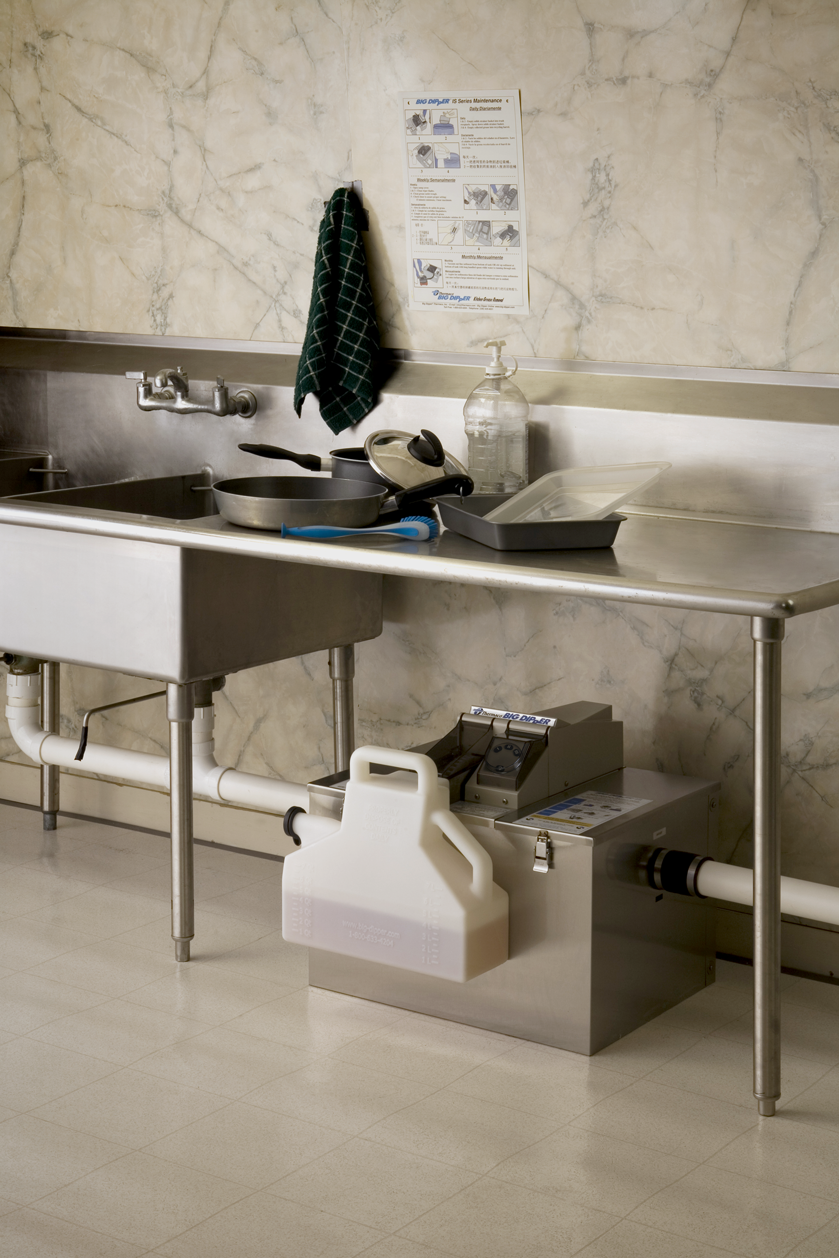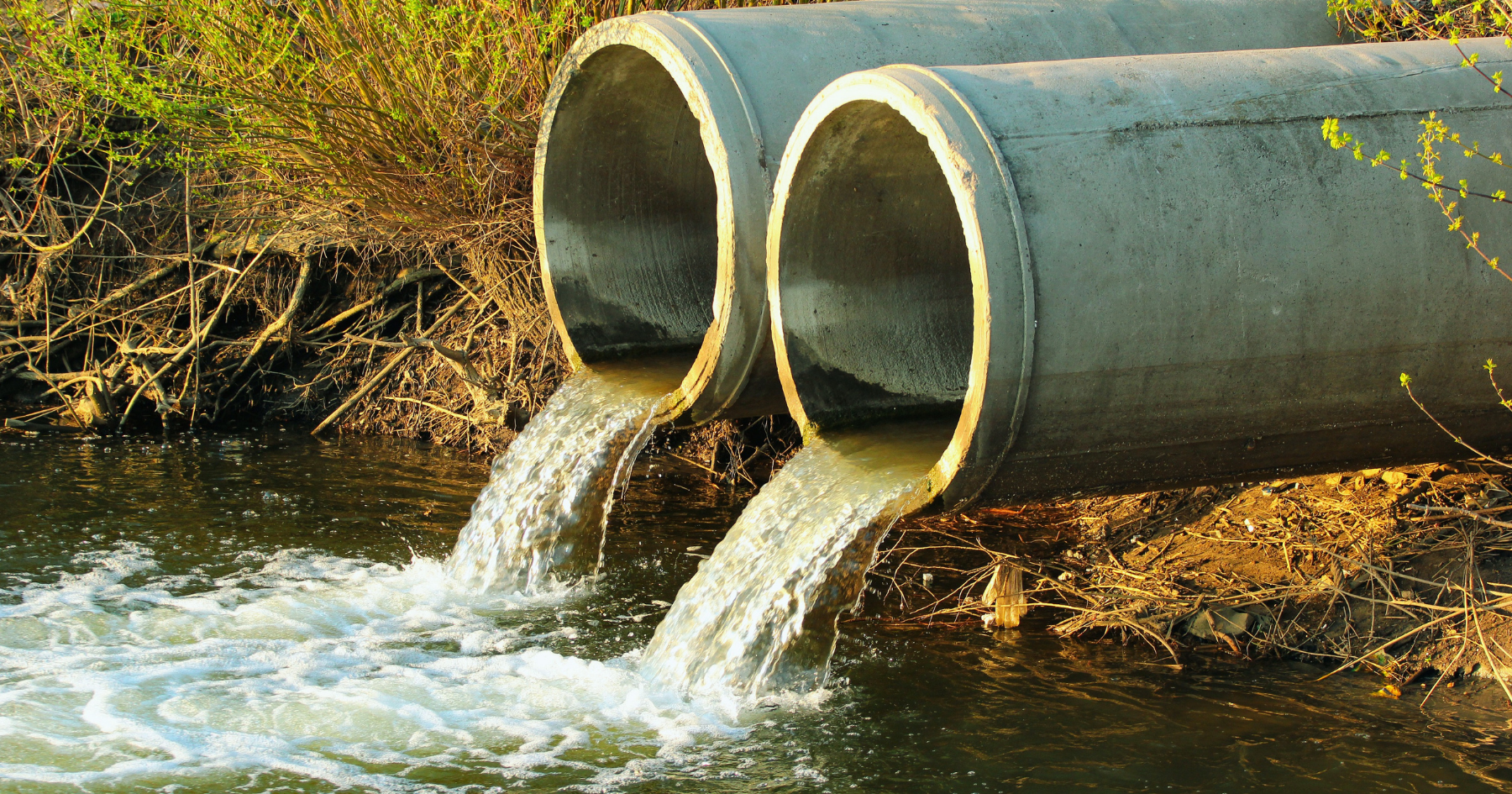Should you go "natural" with biological pre-treatment systems for grease?
- Jul 30, 2015
Organic and “natural” products and methods enjoy a glowing reputation in the marketplace. They’re able to command higher prices and for many people are a preferred choice when there is a choice.
They’ve made inroads beyond food, too, to products such as apparel (made with organically grown cotton), cosmetics and a variety of products constructed from “sustainable” recycled materials.
It’s not surprising, then, that restaurants and other commercial kitchen operators are interested in biological methods of pretreating grease-laden kitchen effluent. Beyond the attraction of a biologically based treatment system, these methods also hold out the possibility of minimizing pumping and other maintenance required by mechanical separation systems.
But while enzymatic and bacterial treatment solutions are growing in popularity, many questions and challenges remain.
What is enzymatic pretreatment?
Enzymatic pretreatment enlists the help of or enzymes to breakdown fats, oil and grease in the effluent stored in a grease interceptor. Typically, the product will be added to a drain that discharges to a grease interceptor in powder, liquid or tablet form.
Enzymes, in living organisms, act as catalysts for digestive processes. They help breakdown food for absorption by the body. When added to a grease interceptor, the idea is the same — the enzymes will help breakdown FOGs to assist in the pretreatment of the effluent. And, at first glance, they can seem successful.
But enzyme-only treatments often only succeed in emulsifying grease, essentially mixing it with wastewater so it gets flushed into the public sewer system. There, it can cause problems in municipal sewer lines or at the local treatment plant.
Bacterial treatments — sometimes used in conjunction with enzymes — might be better. In an ideal environment, certain types of bacteria can break down FOGs in a process called beta-oxidation. The process continues until carbon, oxygen and hydrogen atoms are released in the form of carbon dioxide and water.
However, few, if any, systems exist that actually ensure this process is completed before wastewater is released into the sewer system. Grease interceptors and grease traps, as well as sewer lines, are simply not optimal environments for this kind of treatment process.
Not only is there little evidence to support the effectiveness of bacterial or enzymatic additives, but many municipalities also limit or prohibit their use. Meridian, ID and Lynwood, WA, for example, both prohibit the additives. Monterey, CA sets limits. If a restaurant or other commercial food service uses an additive, it must consist of at least 90 percent bacteria and no more than 10 percent enzymes.
To work effectively, enzymatic and bacterial systems need an environment with strict control of temperature, oxygen levels and other factors that affect the efficiency of these chemical reactions.

Preferred method of pretreatment
Mechanically separating grease traps are, by far, the preferred method of treatment when compared to a biochemical additive like enzymes or bacteria. Not only does a mechanical separator, like Thermaco’s Big Dipper®, act as the perfect compliment to an underground interceptor, but it is even an acceptable standalone pretreatment option.
Mechanically separating grease traps remove FOGs from effluent continuously as it enters the trap. Typically mounted under a sink or at another centrally located location, the size of the trap is expressed in the number of gallons of grease-laden water a trap can separate each minute. For example, typical sizes range from 10-100 gallons per minute.
When performing as designed, mechanical traps can separate 90 percent of the effluent FOGs and prevent them from entering the water treatment system.
While many municipalities prohibit the use of additives, mechanically separating grease traps are highly regarded and usually touted as the accepted standard. For example, Meridian, ID, discussed earlier, prohibits the use of additives but encourages food service establishments to install mechanical separators.
While the biochemical additives might seem like a good idea in theory, the lack of supporting evidence makes their use a bit of a gamble. On the other hand, mechanical separation systems have a lengthy and well-established history of keeping grease out of sewer systems.







